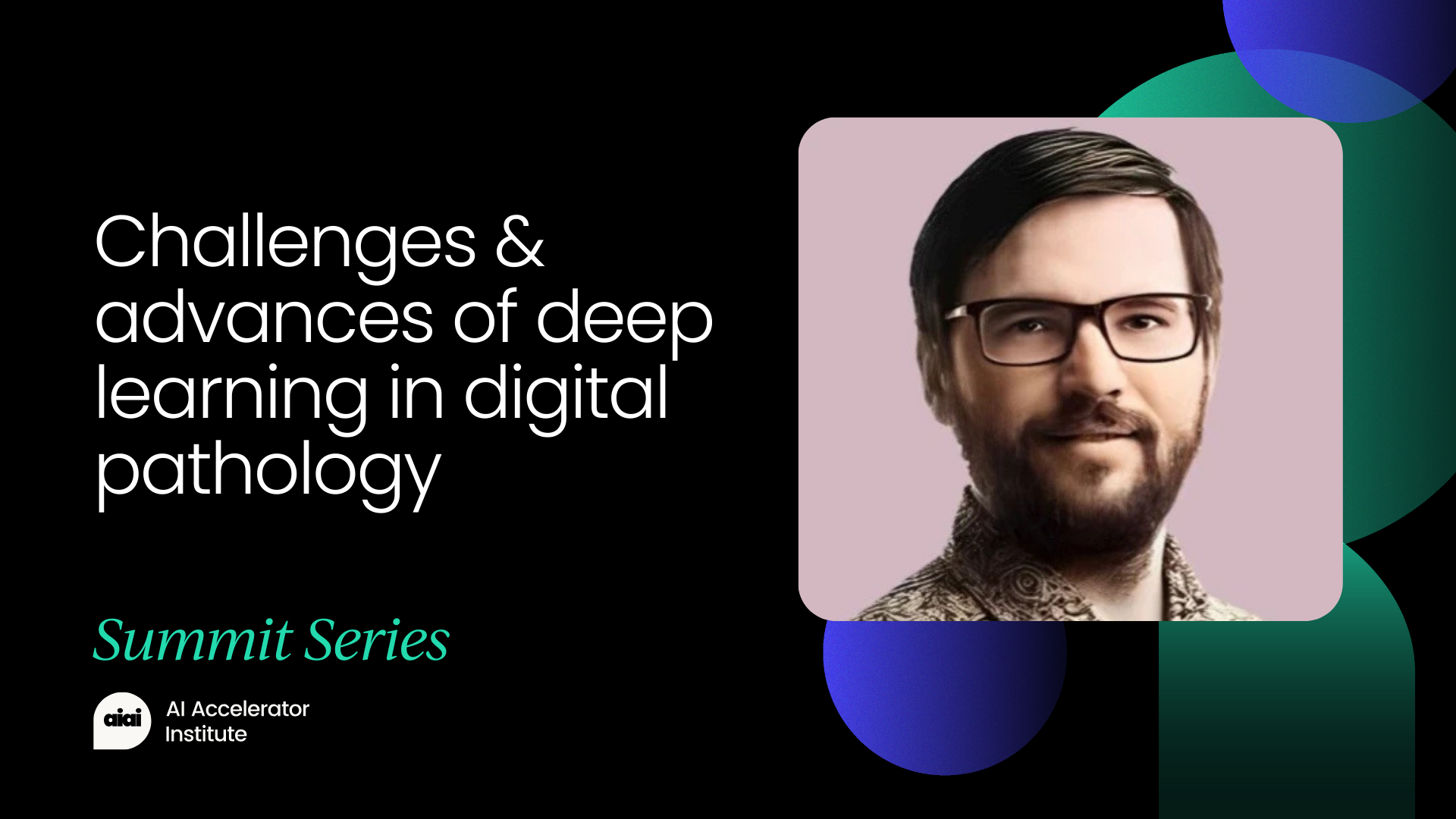Building a Lightning-Fast Full-Stack App: Spring Boot Native + Angular
PositiveArtificial Intelligence
In a recent article, the author shares their experience building a full-stack application using Spring Boot Native and Angular 20, achieving impressive startup speeds and a minimal footprint. This development is significant as it addresses the common issue of slow startup times in traditional Java applications, making it easier for developers to create efficient and responsive apps. The insights provided can help others streamline their own projects, showcasing the potential of modern frameworks.
— Curated by the World Pulse Now AI Editorial System











